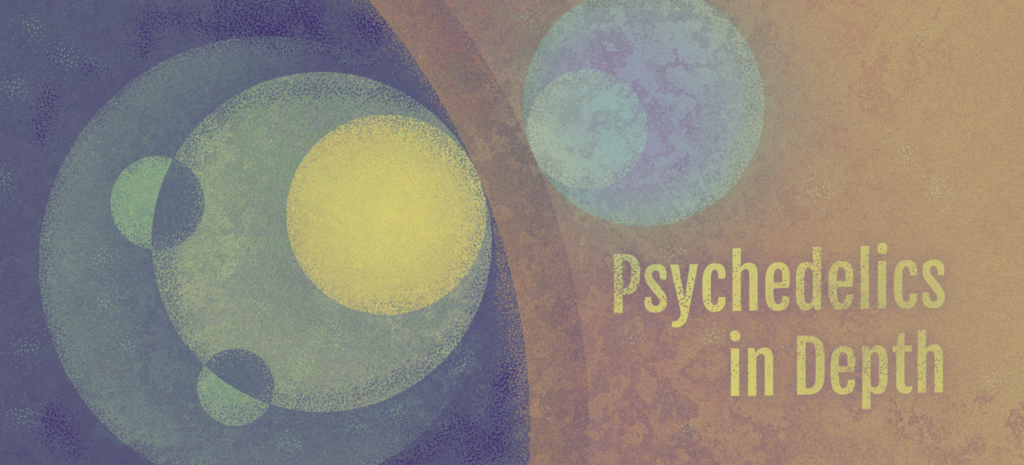By Simon Yugler
Original Illustration by Martin Clarke
Everything you need to know about Carl Jung’s theory of the collective unconscious and how it can help us process, navigate and guide psychedelic journeys.
This is part of our column ‘Psychedelics in Depth‘ which defines and explains depth psychology topics in the context of psychedelics.
A boundless sea rises to engulf the land. A solitary ship floats delicately on its churning surface. On the boat there are two figures, rapidly bailing out water from the deck, while a pair of animals look nervously over the edge. Out of the water bursts forth a massive tree, lifting up the boat in one of its thousand limbs, rescuing the people and the animals from the murky abyss below. The moon blocks out the sun, an eagle soars across the sky, and all falls into darkness…
Dream, psychedelic vision, or ancient myth? Can you tell the difference?
If you answered no, that’s because this outlandish sequence of events cannot possibly be based in objective reality, and therefore must be subject to interpretation. Who’s to say what any of it means—for now it remains a tapestry of evocative images containing infinite avenues where we might create meaning. Perhaps only the dreamer, journeyer, or culture of origin is truly capable of this, since an image’s deeper meaning can only become clear when its context is provided.
What is clear, however, is that the images which emerge in dreams, psychedelic states, and myths share themes in common, which is a foundational principle of depth psychology.
While the patterns or images themselves might be considered ‘archetypes,’ the question of where they come from is our main concern in this article.
Did that story above seem somehow familiar? Did it remind you of other stories you’ve heard before, once upon a time? Jung and other depth psychologists would likely say that they emerged out of the ‘collective unconscious,’ a foundational concept in depth psychology.
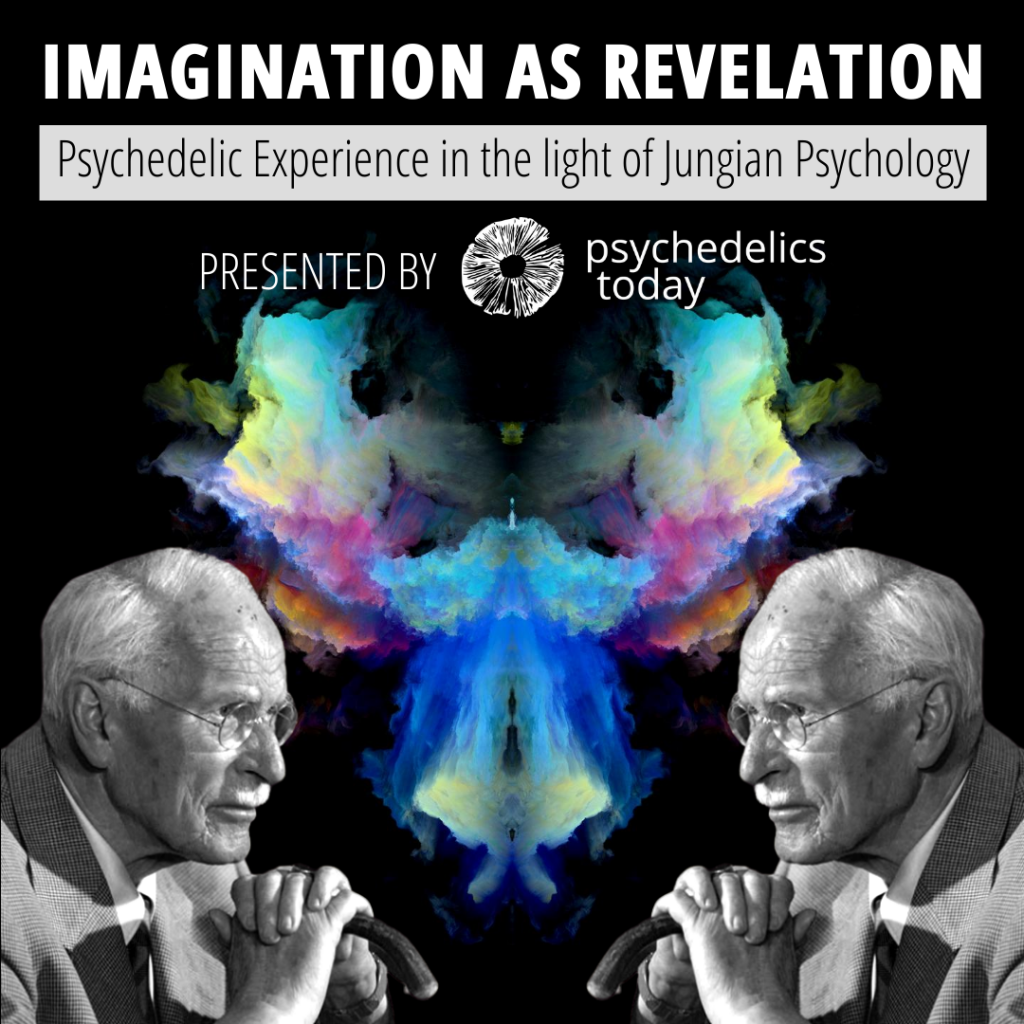
The Dark Side of the Moon
The idea of the collective unconscious is perhaps one of the most unique and enduring concepts of Jungian and depth psychology. The very question of its existence caused the never-healed split between Freud and Jung, which marked one of the most significant moments in the history of psychology.
To embrace the reality of this mysterious, timeless realm is to embrace the notion that there are indeed regions of consciousness that we cannot, and will not, understand by our usual ways of knowing.
In this regard, the collective unconscious opens the way to the unknown, which psychedelics can, gracefully or otherwise, escort us into closer communion with. It could even be said that modern Western culture’s long standing fear and stigmatization of plant medicine, psychedelics and altered states of consciousness is an intense fear of the unknown projected onto the plant, pill or powder in question.
Psychedelics can ferry us across the river into the storehouse of repressed human experiences that modern culture has sought to obscure, dilute, or completely ignore. This can look like vivid encounters with death, powerful reminders of humility or sobering wake-up calls that break us out of whatever psychological trance state we all seem to occasionally fall into.
Despite all of our technology and scientific discoveries, to this day the collective unconscious remains as mysterious as the dark side of the moon.
What Is the Collective Unconscious?
According to Jung in his Collected Works, Volume 8, the terrain of the collective unconscious “contains the whole spiritual heritage of mankind’s evolution, born anew in the brain structure of every individual,” and can seem “something like an unceasing stream or perhaps ocean of images and figures which drift into consciousness in our dreams or in abnormal states of mind.”
In other words, the collective unconscious is a universal aspect of the human experience—something akin to a genetic heritage of the psyche, composed of primordial images and which express themselves symbolically through dreams and myths across time and space.
In his later writings, Jung used the term ‘objective psyche’ to refer to the collective unconscious because of a refinement in his thinking and a desire to steer his work away from focusing on overtly social phenomena like collective projection or groupthink. While this was a facet of Jung’s work, the true scope of the collective unconscious far surpasses this domain.
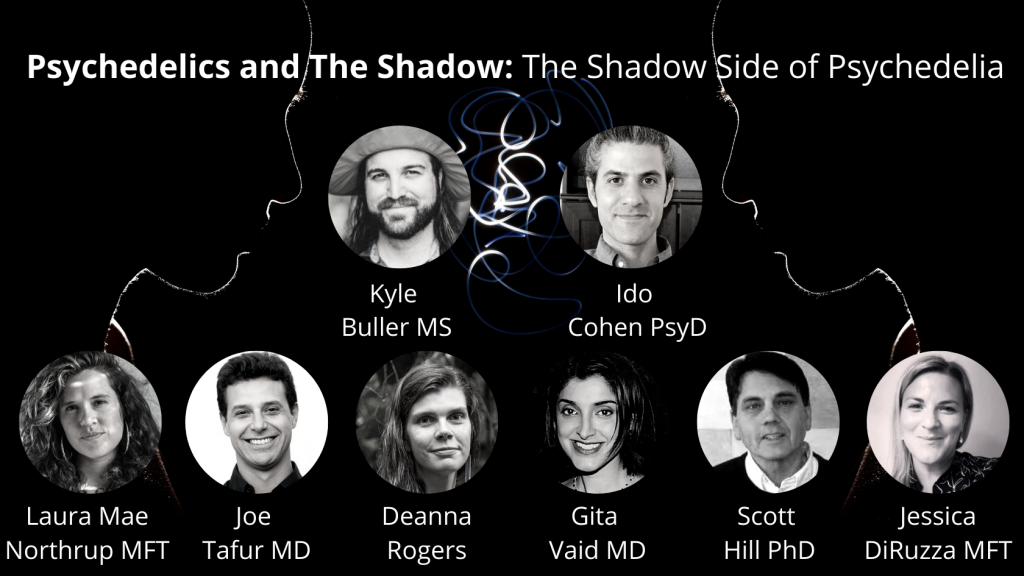
Additionally, there exists the personal unconscious and the collective unconscious, the difference of which is important to understand and explore.
The personal unconscious contains all of the unique aspects of your personality and psyche which have been repressed, such as difficult memories, traumas, and behaviors you’re not even aware of. The personal shadow, according to Jung, is composed of all the aspects of your personality which fail to neatly conform to your ego’s idea of who you are, which is called your ‘persona’. Unless these shadow aspects are consciously faced and integrated (often called ‘shadow work’), they inevitably tend to be projected outward. But more on that another time.
The collective unconscious is a different beast entirely, and refers to regions of the psyche far beyond the personal repressed material described above. Nearly all of Jung’s most evocative concepts, such as complexes, archetypes, anima/animus, and shadow arise from or are connected to the collective unconscious. By its very nature, the collective unconscious is unknowable and imperceivable to us by our usual methods of perception.
Over the course of his life and work, Jung postulated different ideas as to what this infinite realm might be and what its purpose could be for humanity. His work contained within The Red Book expresses his personal journey of delving into his own uncharted depths through cryptic prose and evocative, semi-religious artwork.
What is clear is that the collective unconscious remains an elusive concept, and that any discussion of it requires a healthy dose of mystery and wonder. Because it is ineffable and eludes full definition, the collective unconscious remains something beyond our ability to fully control, manipulate, and know—actions which, from a depth perspective, all emerge from the ego. And perhaps it should remain so.
Psychedelics and The Collective Unconscious
According to Scott J. Hill in his book Confrontation with the Unconscious, both Jung and Stanislav Grof assert that:
“Psychedelic substances don’t cause specific psychological effects. Although they increase energy levels that activate psychological processes, which allows one to consciously experience otherwise unconscious content, they don’t give rise to specific experiences or content. The content that arises from the unconscious during a psychedelic session, like the content that arises in a dream during sleep, is what is available in the unconscious at the time. What emerges can naturally vary, then from session to session for each person, and can certainly vary from person to person.”
Psychedelics cause a “lowering of the threshold of consciousness,” according to Jung, meaning that they bring one into closer contact with the unconscious. Another way of looking at it is that unconscious material bubbles up to the surface during altered states of consciousness, leading to the vast array of reactions that psychedelics are known to evoke. From this perspective, the unconscious material rising to the surface is emerging both from the personal and the collective unconscious.
The ego has a hard time believing that anything could be beyond its realm of knowledge and control. Experiences of fear, which can often infuse the onset or peak of psychedelic experiences, can be seen as the ego’s response to losing its grip on psychic control. As we plunge ever more deeply into the waters of the unconscious, fear is the ego’s alarm system, signaling that it’s well-maintained boat appears to be going down. Yet this descent, as we know from some of the world’s oldests myths and ceremonial traditions, is where real transformation begins, and as any psychedelic guide worth their salt will tell you, the best course of action at this point is to surrender, breathe, and go within.
What actually happens within the psyche while immersed in a powerful psychedelic experience can be interpreted from a variety of perspectives, as decades of psychedelic literature and multidisciplinary studies demonstrate. But like most great mysteries, psychedelics create more questions than they can possibly answer.
From a depth perspective, however, one could say that psychedelics catalyze the emergence of previously repressed psychic material which arises from both the personal and the collective unconscious —a sentiment expressed by many before. Stanislav Grof deemed psychedelics ‘abreactives,’ meaning that they bring to consciousness whatever material which has the most emotional charge.
Because psychedelics can open one’s psyche to experience aspects of the collective unconscious, various archetypes, images, complexes, and energies can be personally experienced, leading to profound moments of catharsis, healing, insight, and what Jung called, ‘numinosity’: overwhelming feelings that burst forth when one is confronted with the power of transpersonal images, archetypes, and experiences. In other words, a full-blown mystical experience.
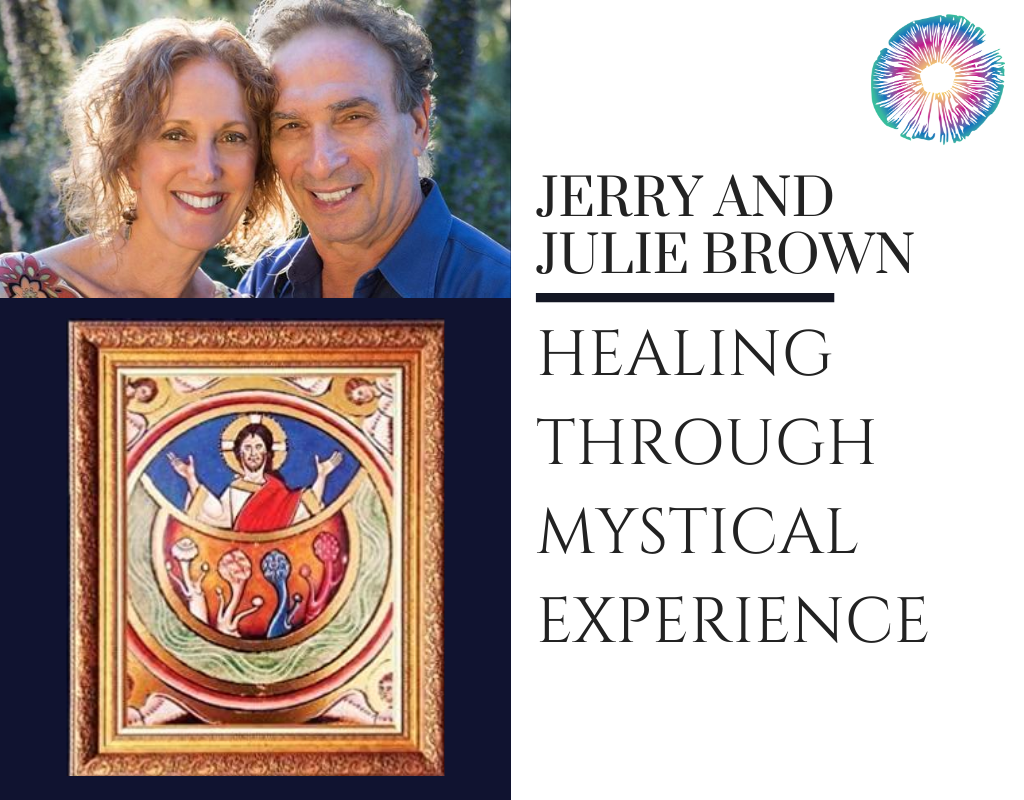
The implications of understanding the psychedelic experience through a depth psychological lens cannot be overstated, and helps us better understand what Grof meant in his famous axiom: “Psychedelics are to the study of the mind what the telescope is for astronomy and the microscope is for biology.”
The Collective Unconscious and Psychedelics For Psychedelic Facilitators
If you are a psychedelic therapist or facilitator seeking to integrate a depth psychological approach into your practice, it is important to never overlook the significance of the unconscious and the critical role that it plays in psychedelic work. This means expecting the unexpected, listening for the deeper, unconscious threads in a client’s process, and always approaching this work from a place of humility and caution. One could say that the essential function of psychedelic therapy, from the beginning of preparation, through the dosing session, to post-trip integration sessions, is essentially one long process of integrating material from the personal and the collective unconscious.
Depth psychology will inevitably require you to learn to speak two languages at once, as you keep one foot grounded in the world of ego consciousness, persona, and outer objective facts, while maintaining another firmly rooted in the world of symbol, metaphor, myth, and subjectivity. Becoming literate in this dream language takes time, practice, and a dedication to your own inner work as well.
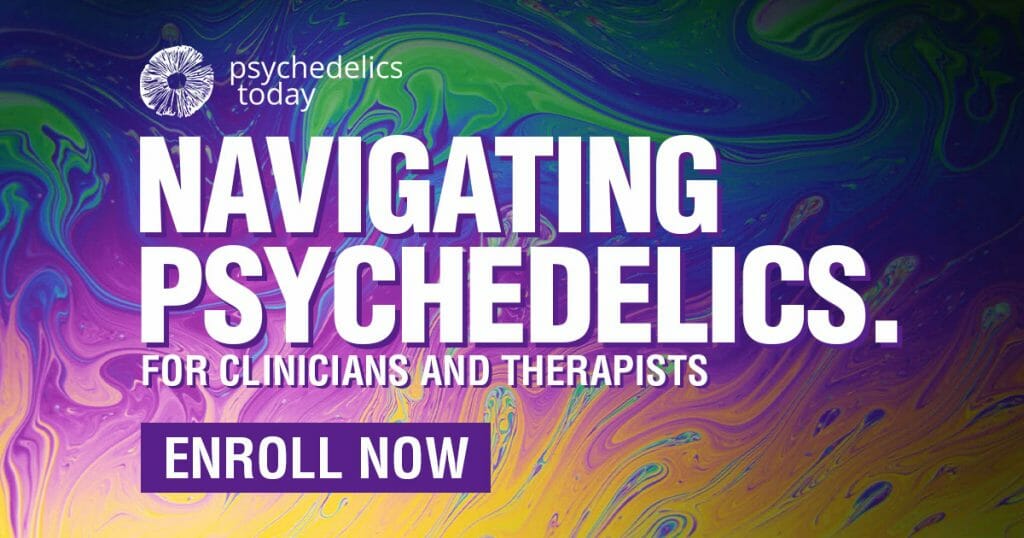
Listening to the lectures and reading the books of people like James Hillman, Joseph Campbell, Marie Louis von Fronz, Marion Woodman, Robert Johnson, Clarissa Pinkola Estes, Robert Moore, and Robert Bly can help you get a feel for what the language of the unconscious might sound like according to various masters in the field. Working with a Jungian analyst is also a fantastic way to immerse oneself in becoming versed in understanding the language of the psyche, especially through dreams. Here at Psychedelics Today, we also teach two comprehensive courses on depth psychology topics in the context of psychedelics, Imagination as Revelation: The Psychedelic Experience in the Light of Jungian Psychology and Psychedelics and The Shadow: Exploring the Shadow Side of Psychedelia.
It’s important to remember this challenging stance requires letting go of dogmatic perspectives, beliefs and certainties, as well as cultivating a certain level of humility and openness. Never forget that each time your client is venturing into psychedelic space, they are venturing into the unknown. The role of the guide or psychedelic therapist is to be a light along the way, to clear the path as much as possible, and to point the journeyer in the right direction as they bravely step into their own star-lit darkness.
The enduring message of depth psychology, however, is that those stars, and that darkness, are not yours alone. The inner world is not an empty void of nothing, but a fertile space utterly saturated with meaning, the comprehension of which can take a lifetime. The collective unconscious belongs to the collective heritage of humanity, is passed down to us in myth over countless millennia, and is remembered in our dreams and visions.
Perhaps this is what Joseph Campbell meant when he famously said, “And where you had thought to be alone, you shall be with all the world.”
About the Author
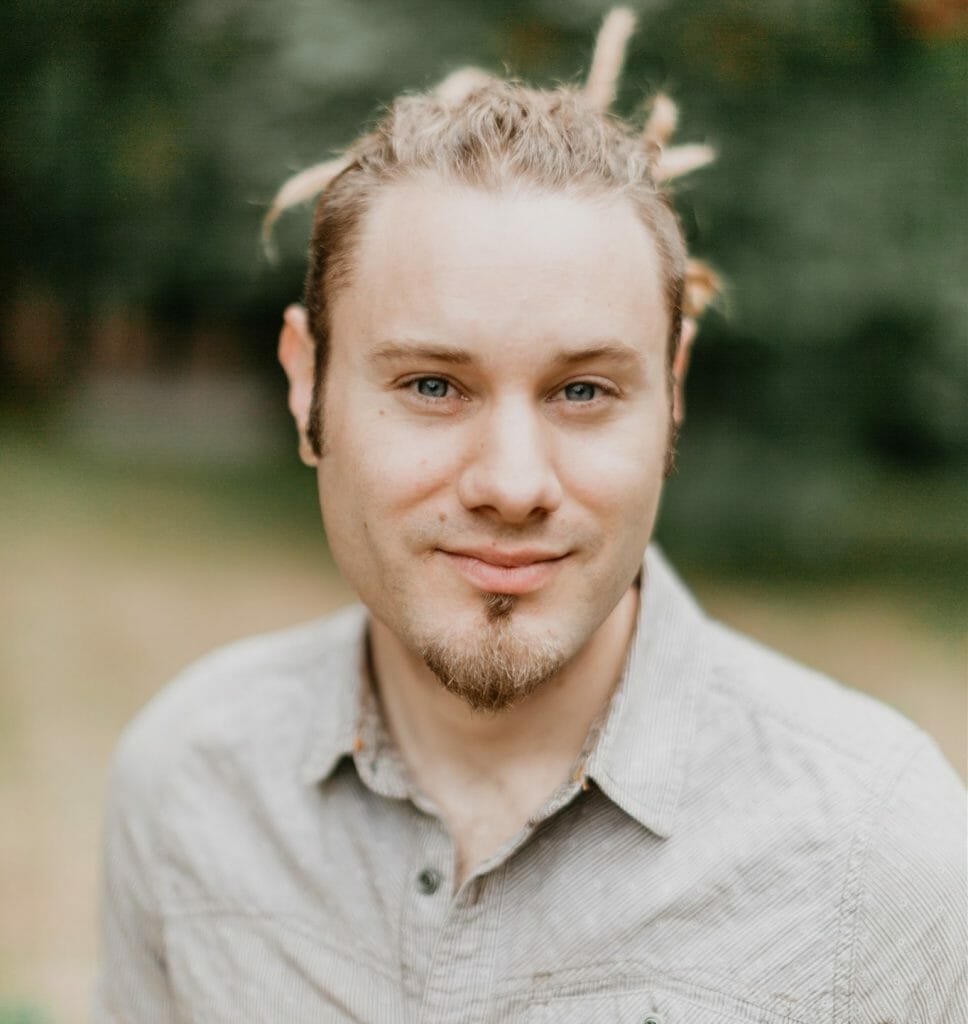
Simon Yugler is a depth and psychedelic integration therapist based in Portland, OR with a masters (MA) in depth counseling psychology from Pacifica Graduate Institute. Weaving Jungian psychology, Internal Family Systems therapy, and mythology, Simon also draws on his diverse experiences learning from indigenous cultures around the world, including the Shipibo ayahuasca tradition. He has a background in experiential education, and has led immersive international journeys for young adults across 10 countries. He is passionate about initiation, men’s work, indigenous rights, decolonization, and helping his clients explore the liminal wilds of the soul. Find out more on his website and on Instagram , Twitter (@depth_medicine) or Facebook.
About the Illustrator
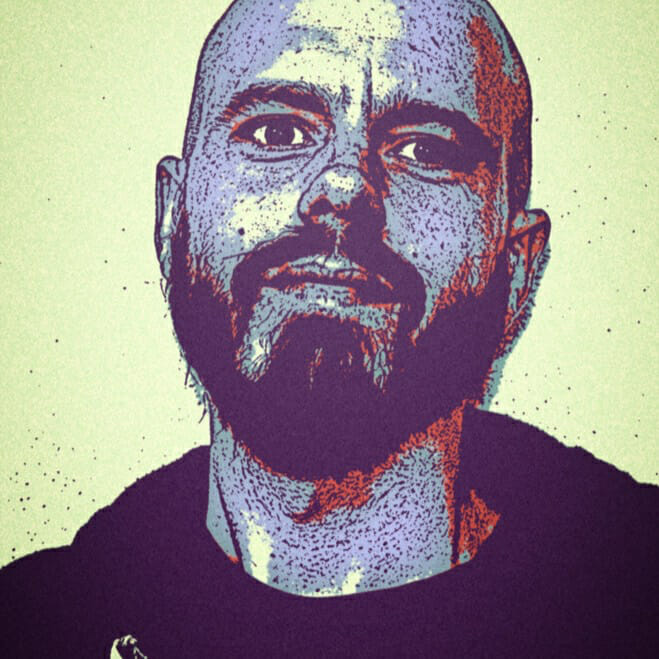
Martin Clarke is a British Designer and Illustrator from Nottingham, England. Specializing in branding, marketing and visual communication, Martin excels at creating bespoke brand identities and striking visual content across multiple platforms for web, social media, print and packaging. See more of his work here.
